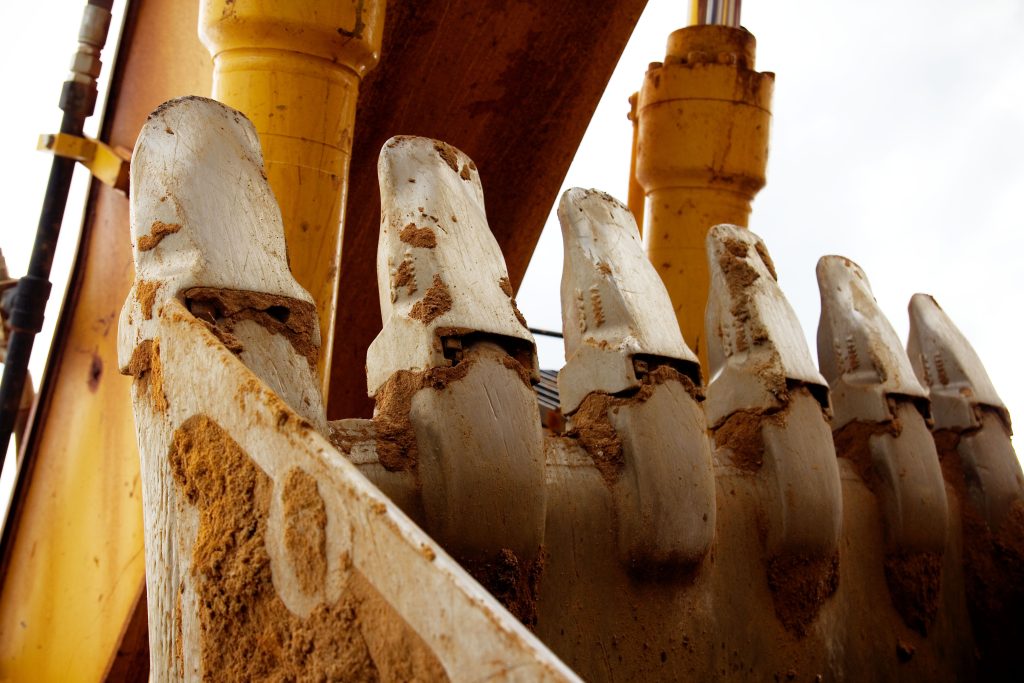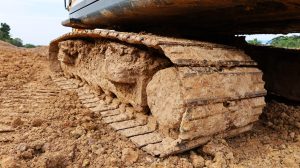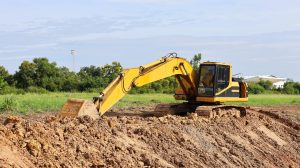
Keeping your equipment running better, longer
By Adam Freill
Construction EquipmentBasic maintenance steps are critical to keeping equipment in productive shape.
Every kid knows if you want your toys to last, you have to take good care of them. That same rule applies to the worksite equipment that keeps you productive day-in and day-out as well. Although visual inspections and cleaning take some time, a few minutes here and there can save you hours, days and sometimes weeks in the end. Planned maintenance is almost always more efficient than unplanned machine downtime.
“The couple minutes that it takes to do the maintenance is well offset by the relieved downtime,” says Buck Storlie, product line manager at ASV. “As an operator, you want to go to work and have a day where things operate smoothly and work well.”
“If an operator sees something broken on the machine, they need to report it immediately,” says Tyler Smith, product training manager for Volvo Construction Equipment. “When something breaks, it is usually more cost-effective to stop the machine, get the repair taken care of and then put it back to work rather than risk having an accident or damaging the machine.”
“Routine inspection and daily maintenance are key to avoiding unnecessary repairs,” says Matt Goedert, solutions marketing manager with John Deere Construction & Forestry. “In addition, undercarriage maintenance is important to the mobility and productivity of a machine. Ignoring track maintenance will ultimately increase the operating cost.”
A good daily routine, says Storlie, is to include a walk-around inspection. Whether performed at the beginning of the shift or to wrap up the day, it should include a check on things like fluids and ensure that greaseable joints are lubricated and that wear items like hoses and belts are at an acceptable level.
“This minimizes the need to return the machine to your shop or dealer midway through a project,” says Mike Fitzgerald, marketing manager with Doosan Bobcat North America.
“One of the biggest mistakes when it comes to daily maintenance is simply not doing the maintenance recommendations by the manufacturer,” explains Aaron Kleingartner, product and dealer marketing manager for Doosan Infracore North America. “Like anything, if you don’t care for it, it will gradually wear down and may not perform like it should. This is especially true with construction equipment because of the toll the machines take performing daily tasks.”
Having a regular routine and completing the checks in the same order is a good idea, advises Goedert. “Every time you do an inspection, start in the same spot, and complete your inspections around the machine ending where you started,” he says. “This routine makes it easier to spot what is normal versus abnormal and makes sure no checks get missed.”
“The biggest mistake is not truly completing the daily checklist or kind of faking your way through it,” says Smith. “This will cost much more in the long run because you did not catch issues when they were small.”
The tough work environment on a jobsite may put hydraulic hoses, teeth on buckets, or even the undercarriage at risk of damage, all of which should be included in the inspection checklist.
“More common mistakes include not greasing the machine at the recommended intervals, not inspecting tires for wear and tear, and not inspecting bucket teeth or cutting edges for anything loose or broken,” advises Smith. “It’s much cheaper to repair a tooth or cutting edge than to reweld and patch a bucket.”
“Ultimately, one of the most important things is to make sure maintenance is consistent and documented,” adds Fitzgerald.
“Operators should periodically check construction equipment for signs of wear and repair items before they may fail,” Kleingartner advises, noting that operators should pay attention to any air filters, hydraulic lines, pins and bushings, and that greasing the fittings is a must. “If a hydraulic hose looks worn or has a crack, an operator should contact the local dealer and order a new one.”
“On dozers, undercarriage is a major owning cost and keeping an eye on how the bushings and sprockets are wearing can give insight on operating characteristics and if adjustments need to be made,” says Goedert. “Track tension is an easy check that can pay dividends as it can greatly affect undercarriage component life.”
“At the end of each workday, excavator operators should take time to clean out dirt and other debris that may lead to undercarriage buildup,” adds Kleingartner. “If the undercarriage is not routinely cleaned, it will accelerate premature wear on components.”
All machines also have a service schedule that is designed to keep the equipment working as it was intended.
“The biggest benefit to routine or regular maintenance is that you are treating your machines like the investment pieces they are, and not just work tools,” says Fitzgerald.
Says Smith, “The best way an operator can ensure that their machine will stay in the best condition possible is to take care of it like they own it.”
“While it is essential to understand how to operate your machine,” says Goedert, “it’s equally, if not more important to understand how to maintain each machine to extend the lifespan of the equipment and improve its resale value.”
“It’s a good idea to share the recommended service schedule with new operators before they start operating the construction equipment,” advises Kleingartner.
“You should always follow the OEM-recommended service plan because they have studied when those tasks should be completed to be the most cost-effective and meet the warranty terms,” says Smith.
Just don’t fall into the assumption that the procedures used for your last machine match the new equipment that you’ve bought. As equipment has evolved, so too have some of the maintenance procedures and requirements.
“Each machine is unique to its requirements and its schedule, so it is important to first open that manual,” says Storlie. “You might be stepping out of a product that had a certain timeframe, and some of those requirements might be a little different.”
Newer machines with Tier 4 engines are a prime example. This generation of engine requires clearer fuel, cleaner filters and water removal, he says. “Not doing those things in the past may not have been a super-big deal, but on Tier 4 engines, and high-pressure direct systems, water or contaminants in the fuel can do an awful lot of damage and get very expensive.”
Perhaps the best advice is also some of the simplest, however: keep your machines clean and remove debris in a timely fashion.
“Always clean out undercarriages before material dries or freezes,” recommends Goedert. “The same applies to other machine forms such as machines with buckets and bins.”
“I can spend five minutes at the end of my shift knocking the snow off while it is snow and water, rather than in the morning when it’s ice and frozen,” adds Storlie. “Same for those muddy or clay applications. In the evening it may be some wet, red clay that I can knock out with a square-nosed shovel fairly easily. In the morning, it may be dried and look a lot like concrete.”
“Once that material freezes, it can start to rub on the bolts, loosen the guiding and seize up the rollers, leading to potential wear later on,” explains Kleingartner.
Storlie says to not forget the cooling system as well. “Radiator and oil cooler cleanliness can be a huge deal… a clean cooler might have the machine operate at a temperature 20 to 30 degrees less than a dirty cooler, which can amount to quite a bit of lifespan in the hydraulic system and the engine itself.”
It’s never too early to think about maintenance. Storlie suggests including it as a consideration when purchasing new equipment, and asking what the manufacturer has designed to make service easier. “If the maintenance is easy, the operator will do it. Serviceability is important,” he says.







